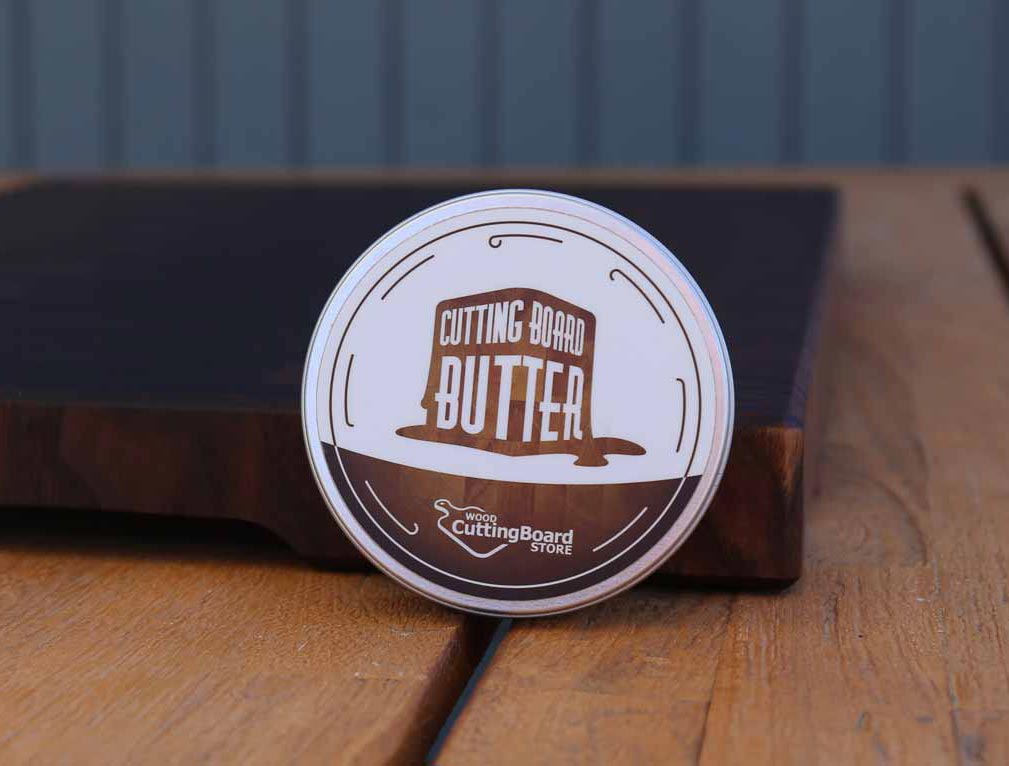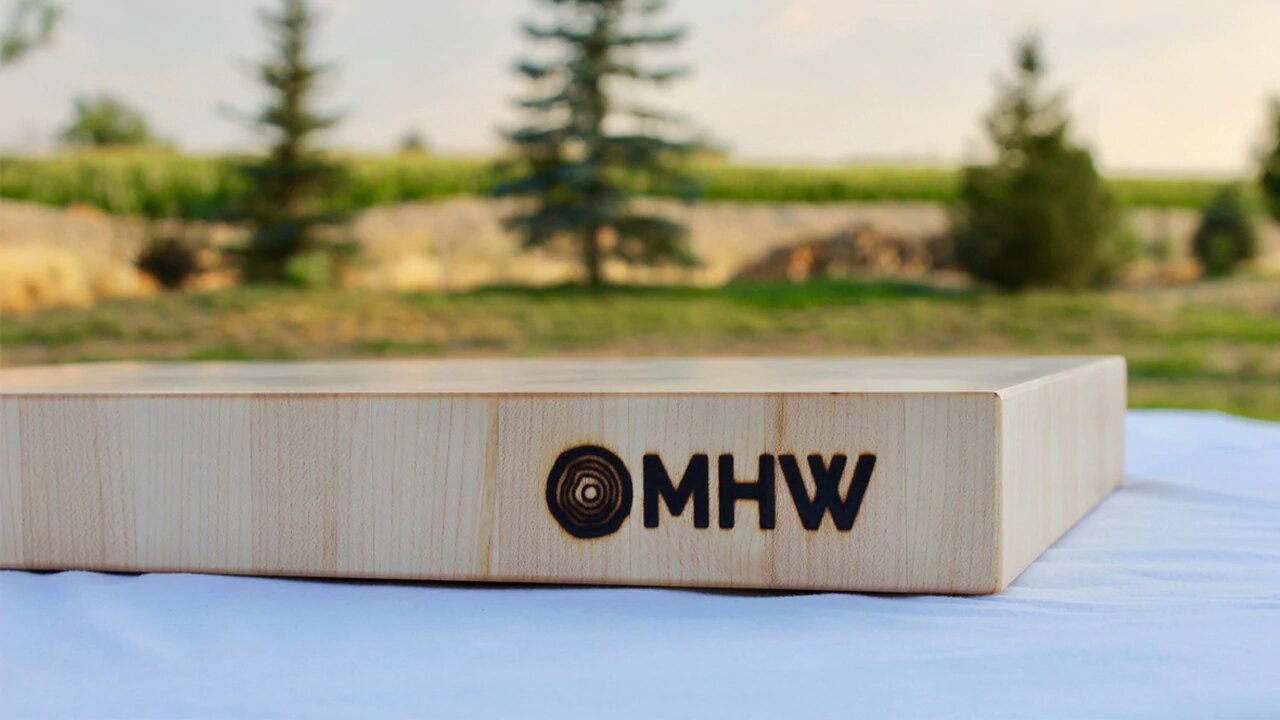Use code ‘freebutter‘ during checkout.

 Custom Butcher Blocks (2″ Thick)
Custom Butcher Blocks (2″ Thick)Our custom butcher blocks are the “cream of the crop.” Built using sturdy wood blends, you will not find a butcher block built with the quality that MHW infuses in each board. We use wood blends of Walnut, Cherry and Maple. It’s time you make a statement in your kitchen with a custom wood butcher block from MHW. Contact us for a quote on a custom butcher block that you don’t see in our store. We build any size, shape and wood you can imagine for customers all across the world. Our customers rely on the quality of our 2″ butcher blocks to last them a lifetime under the harshest conditions in their kitchen. Invest in Quality.
A butcher block affords you the stability a cutting board cannot offer. These wood butcher blocks offer you peace of mind as they are mainly used for meat preparation and not other food products.
Wood butcher blocks have an advantage over cutting boards. A wooden butcher block is made to handle tough and rough chopping, cutting and slicing. Butcher blocks are specifically designed with meat cutting in mind, so they are built safe and sturdy.
But there are pros and cons with any butcher block. Keeping your kitchen safe is a high priority, and this post will help you understand why a butcher block is right for you.
When it comes to selecting the best butcher block, the most important thing to pay attention to is the type of wood. The hardness of the wood you choose will ultimately impact the amount of life you can get from one butcher block. The harder the wood, the longer your butcher block will last.
All butcher blocks should come in end grain because they are more gentle on your knives and are self-healing. An end grain butcher block has a checkerboard-style appearance. And the slats of wood are held together by a food-safe adhesive.
| Type of Wood | Pros | Cons |
| Hardwoods | Allows for heavy-duty use and can withstand pressure to avoid dents and gouges you would see easily on softwoods. | Fewer hardwood options to choose from |
| Softwoods | Provides more options than hardwoods | Not the best for intense kitchen work; great as a decorative piece more than a functional chopping block |
No matter what type of wood you choose, you want to make sure it will serve you well. Keep the wood’s hardness in mind when purchasing your next butcher block.
The following list is comprised of the different types of woods we sell and their relative hardness:
If you are using your butcher block solely to prepare and carve meats, you could be exposing yourself to harmful bacteria if you are not properly cleaning your butcher block. These are important steps in any chef’s kitchen: disinfecting and overall food safety.
Some woods are naturally anti-microbial; however, you should not rely completely on that notion for your safety. End-grain butcher blocks are important for this safety feature because they can naturally heal some of the smaller grooves made due to normal use.
Keep in mind, it is worth investing in a quality butcher block because it will last you years and years. But you will have to follow the proper maintenance practices to ensure your butcher block stays safe.
With a butcher block, you never want to soak it or run it in the dishwasher. This will irreparably damage the wood and can cause mold to grow. To clean a butcher block, you would clean it similarly to how you would cleanse a wooden cutting board.
Use the following steps to wash, dry, and sanitize your butcher block, keeping it clean and safe for years of use:
To maintain your butcher block for safe long term use, you will need to follow these next steps:
It is good to note that some conditioners have mineral oil as part of their ingredient list. So, sometimes you can find a two-in-one product that allows you to combine the oiling and conditioning steps.
Read the labels of your products carefully to ensure they are food-grade. This means the product is safe for humans and will not cause any adverse health reactions when in contact with the food you will consume.
Stains are bound to happen, especially when dealing with red meats. But there is no need to worry. There are quite a few ways you can work to remove a stain from your butcher block. Try the following ways of stain removal before deciding to refinish the board with sandpaper.
The following is a list of kitchen items you can use to safely remove stains from your butcher block:
If the stain is not removed after trying the above techniques, you can refinish your butcher block. You easily refinish a butcher block in two different ways:
Know that removing stains with sandpaper will result in a varied color to the butcher block. Sanded spots will appear lighter than the surrounding wood.
A butcher block is a great addition to any kitchen. Picking the right one for you is important! Choose a wood that suits your needs and then maintain it.
Your butcher block is an investment and a tool that should be handled with the same care as your fancy knives. If you take the time to care for your butcher block, it will last you for years.
Use code ‘freebutter‘ during checkout.
